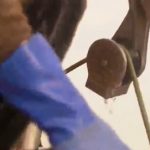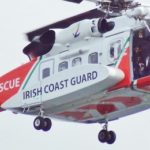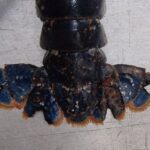Tag Archives: Minnesota Department of Natural Resources
Lake Superior Herring Are Thriving for the First Time in Decades
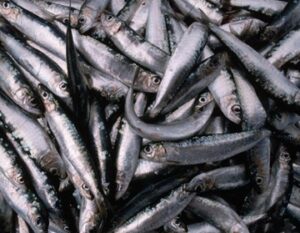 It’s an historic boom year for herring in Lake Superior, as a record number of the crucial fish appear to have survived to age one — a major developmental milestone. After decades of disappointing numbers, the huge swell of herring — a key facet of Lake Superior’s food web — could help bolster the ecosystem and fishing industry in the world’s second-largest freshwater lake. More herring can lead to healthier populations of those fish, a boon for commercial and recreational fishers. “It’s gonna change things for a long time to come in Lake Superior,” said Goldsworthy. >>click to read<< 12:14
It’s an historic boom year for herring in Lake Superior, as a record number of the crucial fish appear to have survived to age one — a major developmental milestone. After decades of disappointing numbers, the huge swell of herring — a key facet of Lake Superior’s food web — could help bolster the ecosystem and fishing industry in the world’s second-largest freshwater lake. More herring can lead to healthier populations of those fish, a boon for commercial and recreational fishers. “It’s gonna change things for a long time to come in Lake Superior,” said Goldsworthy. >>click to read<< 12:14
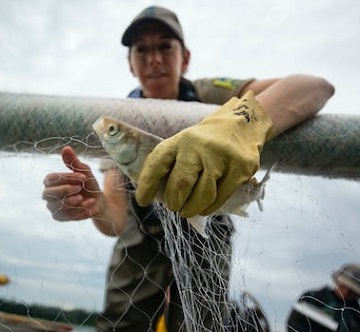
Historic boom in Lake Superior’s herring population could be best in 40 years
Potentially record numbers of lake herring, also called cisco born last spring seem to have survived their first year of life, according to state and federal biologists. At a year old, they should be just large enough that few predators in Lake Superior will now eat them. The stunning boom, not seen since at least 1984, will help sustain both the ecosystem and Minnesota’s commercial fishing industry in one of the world’s greatest lakes for years to come, said Cory Goldsworthy, Lake Superior fisheries supervisor for the Minnesota Department of Natural Resources. “This is what we’ve been waiting for,” Goldsworthy said. “It’s something we’ve never seen before in our careers and may not see again.” >click to read< 09:46

American eel turns up in southwestern Minnesota lake
An American eel — far, far away from its natural home in the North Atlantic Ocean — was found in a southwestern Minnesota lake late last month. Minnesota Department of Natural Resources fisheries workers conducting a lake survey on Cottonwood Lake about 16 miles southwest of Granite Falls captured a female, 37.4-inch American eel in their trap net late last month. American eel spawn in the Sargasso Sea in the north Atlantic Ocean. However, the American eel spends the majority of its life in freshwater habitat before returning to the Sargasso Sea to complete the life cycle. Larvae of this fish ride the currents randomly for hundreds or even thousands of miles before finding freshwater habitat. That makes this particular eel’s journey all the more impressive, having likely ridden ocean currents into the Gulf of Mexico and swimming upstream thousands of miles via the Mississippi River and the nearby Minnesota River. click here to read the story 11:06
Farthest north yet: Dead ‘leaping’ carp found north of Winona, Minnesota

A worker with the U.S. Fish and Wildlife Service discovered the 30-inch-long carcass on Aug. 9 atop a concrete abutment just below Lock and Dam 5, about 20 miles farther upstream than the previous northernmost instance of a silver carp on the river, the Minnesota Department of Natural Resources (DNR) said. The dam is about 110 miles south of St. Paul.more@startribune 16:06

































